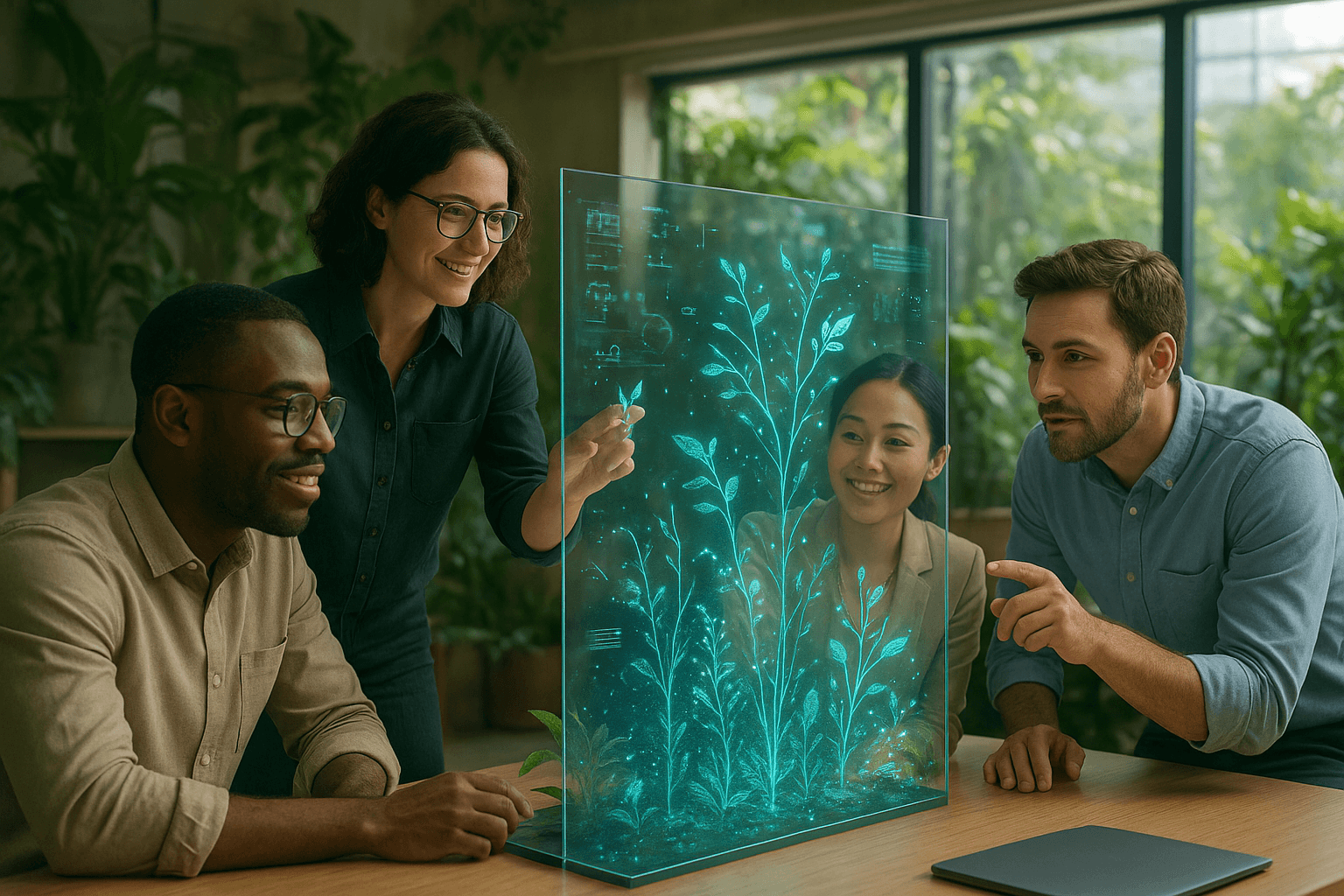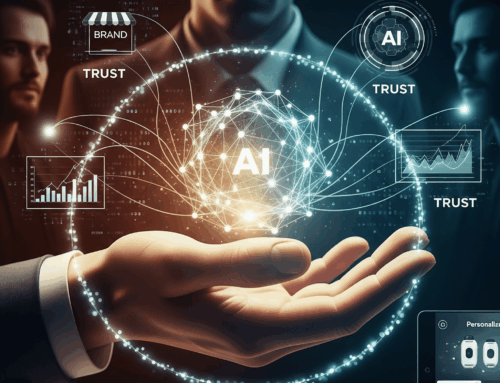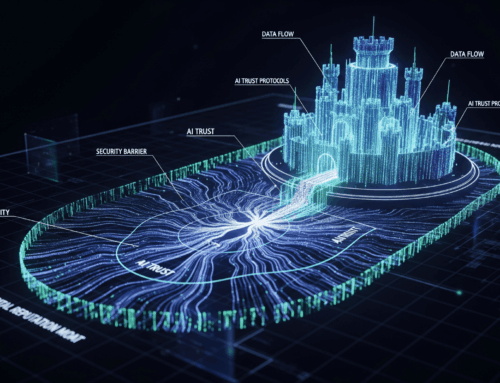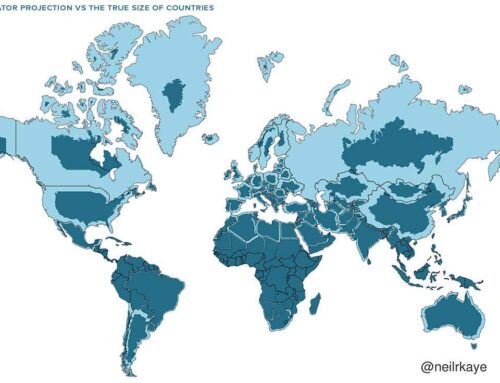
The world is moving faster than ever. Foundational shifts in technology, business, and society are creating a constant sense of uncertainty. For Australian business owners, the noise can be overwhelming, leading to a dangerous cycle of chasing the next “shiny object” while core business challenges remain unsolved.
The conversation around artificial intelligence is a perfect example. We’re in a world where anyone can tell you what AI can do, but the only real differentiator is the ability to show tangible results. This isn’t about buying the latest tool; it’s about building a business capable of wielding it effectively.
After listening to the recent ‘Decoding Trust’ webinar with industry leaders from Twilio and Quinlan & Associates, it reinforced a core belief we hold: the path forward isn’t a technical race, but a return to fundamental business principles, amplified by new technology. This article is my contribution to that vital discussion—a framework for focusing on what truly matters: Speed, Trust, and Personalisation.
1. Engineering for Speed: Closing the Patience Gap
The digital “patience gap” is a real and growing threat. The ‘Decoding Trust’ discussion highlighted a stark reality from a supporting Salesforce report: in the APAC market, 83% of customers expect immediate interaction, and over half will switch brands after just one poor experience.
This confirms that the old metrics of speed—website load times, quote turnarounds—are no longer sufficient. The new, decisive metric is Time-to-Resolution—the total time it takes to deliver a complete outcome from a customer’s first contact. Every manual data entry, every internal miscommunication, every moment a client waits for an answer widens this patience gap.
Technology like AI and automation promises to close these gaps, but these tools are only accelerators. They cannot fix a disjointed process or a hesitant culture. If your systems are siloed, an AI is powerless. More importantly, if your team culture doesn’t prioritise swift, decisive action, the best tools in the world will gather dust.

2. Fortifying Trust: The New Currency of Business
As automation becomes common, trust solidifies its position as the ultimate competitive advantage. This isn’t just about a single interaction; it’s about the long-term brand reputation and the strength of human relationships. Trust is earned over time through relentless reliability, transparency, and empathy.
A “single source of truth”—a central system where all client information lives—is the technical foundation for this. It prevents the classic trust-breaker where a client has to repeat their story to three different people in your company. Technology enables consistency, but it does not create trust. That is built by people. A culture of accountability, transparency, and genuine empathy is what empowers your team to use unified data to build the relationships that technology can only support.

3. Delivering Personalisation: Towards a Channel-Less Experience
We are moving past basic email templates towards hyper-personalisation, where experiences are tailored in real-time. The ultimate goal is a channel-less experience—one so seamless the customer doesn’t see the channels, only the value. They can start a query on a web chat, continue it via email, and finalise it on a phone call without ever having to start over. This level of customisation is impossible without intelligent systems working on integrated data.
But a system that knows a customer’s name is not the same as a culture that genuinely values that customer. The most powerful personalisation comes when your operational core provides the right data, and your team’s culture empowers them to use that insight to anticipate needs and create a truly unique and emotional response. It is this combination that builds the loyalty that generic marketing can’t buy.

The Human Layer: Culture is the Operating System
Technology provides the tools, but culture dictates how they are used. You can build the most sophisticated technical core, but it will fail if your team doesn’t embody the right mindset. A future-ready culture is one of curiosity, adaptability, and psychological safety, where team members are encouraged to experiment and learn. It is data-literate, making decisions based on evidence, not just intuition. Above all, it is customer-obsessed. The most critical integration is not between two pieces of software, but between your technology and your people.
Walking the Walk: Our Commitment to Practice
At YEWS and WebM, this is our core focus. This commitment to adaptation is the essence of our “be like water” philosophy. We are relentlessly pushing our own boundaries, re-architecting our internal systems and our culture to be faster, more reliable, and more personalised. We test, learn, and refine these concepts within our own operations first. The knowledge we gain is then translated into more effective, battle-tested strategies for our clients. We aren’t just observing the future; we’re building our way through it.
The Decisive Question for the Next 2-5 Years
The window for debate is closing. The businesses that thrive will be those who acted—who recognised that success is no longer about what you say, but what you can demonstrate.
They will be the ones who mastered Speed, Trust, and Personalisation as the foundation for a robust business core. The critical question is therefore not, “What is our AI strategy?” but more urgently, “Is the core of our business—our technology and our culture—truly architected to deliver an exceptional human experience?” Because that is the only goal that has ever truly mattered.
Prefer to listen or watch? I’ve recorded an audio version of this article and created a video overview.
Perfect for your commute or a visual briefing.








Leave a Reply